IT’S TIME TO REDEFINE GREEN JOBS: Thoughts following the first-ever White House Summit on Environmental Education
On Monday, April 16, the first-ever White House Summit on Environmental Education was held in Washington. This summit came at a precarious moment for environmental education and an economy that depends more than ever on environmental literacy.
Not only is such literacy required because healthy businesses must be energy efficient, but because a new generation of jobs and entrepreneurial opportunities are emerging from growing evidence that mental and physical health – as well as a greater capacity to learn, create, and produce – is linked to our positive and direct experience of nature.
The conference, to be reported in more detail elsewhere, was attended by leaders in environmental education, as well as Lisa P. Jackson, Administrator of the U.S. Environmental Protection Agency, Arne Duncan, Education Secretary, and senior officials from the White House and other federal agencies.
It was an honor to be asked to present a keynote address. Here are some additional thoughts, specific to emerging economic potential.
In 2004, Kevin Coyle, then president of the National Environmental Education & Training Foundation, and now vice president for education for the National Wildlife Federation, offered a concise summary of the economic benefits of environmental literacy: “There is growing evidence that an environmentally educated business manager will manage greater profits. Some of this margin will come from the natural cost savings that sound environmental management affords businesses. Some will also come from positive ways that businesses influence profits.”
At that time, he added, 45 million Americans thought the ocean was a source of fresh water, and 130 million Americans believed that hydropower was America’s top energy source – though it accounted for just 10 percent of the total. “Our years of Roper data show a steady pattern of environmental ignorance even among the most educated and influential members of society,” he wrote.
Since then, some increases of public knowledge may have occurred, on some topics, but recent polls paint a troubling picture of public commitment to the environment. One of them suggests that Millennials, young people of high school and college age, are less committed than their elders to taking personal action to protect the environment. Some skepticism may be warranted; the word “environment” is politically loaded, and other polls suggest that Millennials volunteer more than earlier generations, and there’s plenty of activity going on in the weeks surrounding Earth Day.
Still, nature doesn’t seem to be getting the respect it deserves. The slippage goes beyond politics, to what appears to be fading cultural esteem for the natural world: in some dictionaries, words describing nature are disappearing; in children’s picture books, depictions of nature, which once accounted for half of the illustrations, have fallen precipitously since 1938; they’re being replaced by images of the human-built and electronic environment, according to a recent study. Children may know a lot about recycling and the Amazon rain forest, and that’s good, but their connection to the nature in their own backyards lags, if it exists at all.
Reasonable people may disagree about the role of government, but no one can reasonably deny that the health of the natural world, and our relationship with it, will affect every future business and every individual no matter where they stand in the political spectrum.
We all stand, in fact, on the threshold of a new world of potential businesses, jobs, careers and roles: educators, architects and builders who employ nature-based programs and biophilic design to increase health, learning and productivity; urban designers and others who transform cities into engines of biodiversity and human health; residential builders who weave nature into future neighborhoods (including redeveloped neighborhoods in inner-cities and suburbs in need of an uplift); businesses and services that help homeowners integrate native plants and natural pools into their yards and remodeled homes; “new agrarians” who revive families’ farms, bring food closer to home, and help create vertical farms in dense urban neighborhood; physicians and mental health professionals who prescribe nature, and park rangers who act as health paraprofessionals; industrial designers who specialize in biomimicry.
There’s much more to say about this nature-nurtured economy. Some examples of it are already on the ground. But here, as they say in the corporate boardrooms, is the bottom line: We could be entering one of the most creative periods in human history, precisely because of the environmental challenges we face. To help our children and future generations prepare for a better and not just survivable future, we need to build the foundation of environmental literacy and expand the definition of that literacy.
We need to support the environmental educators and all the other natural teachers who are working harder than ever, often overcoming considerable obstacles, to connect children to the natural world and to that better future.
-
Network News
POLICY UPDATE: Policy and advocacy for the children and nature movement
-
Voices
Binoculars, bald eagles and my journey as a Black birder
-
Richard Louv
THE WONDER BOWL: Ten Spring and Summer Nature Activities for Kids and Adults
-
Network News
Minneapolis Spotlight: The promise and possibilities of parks for youth
-
Voices
Why nature is my motherhood ally


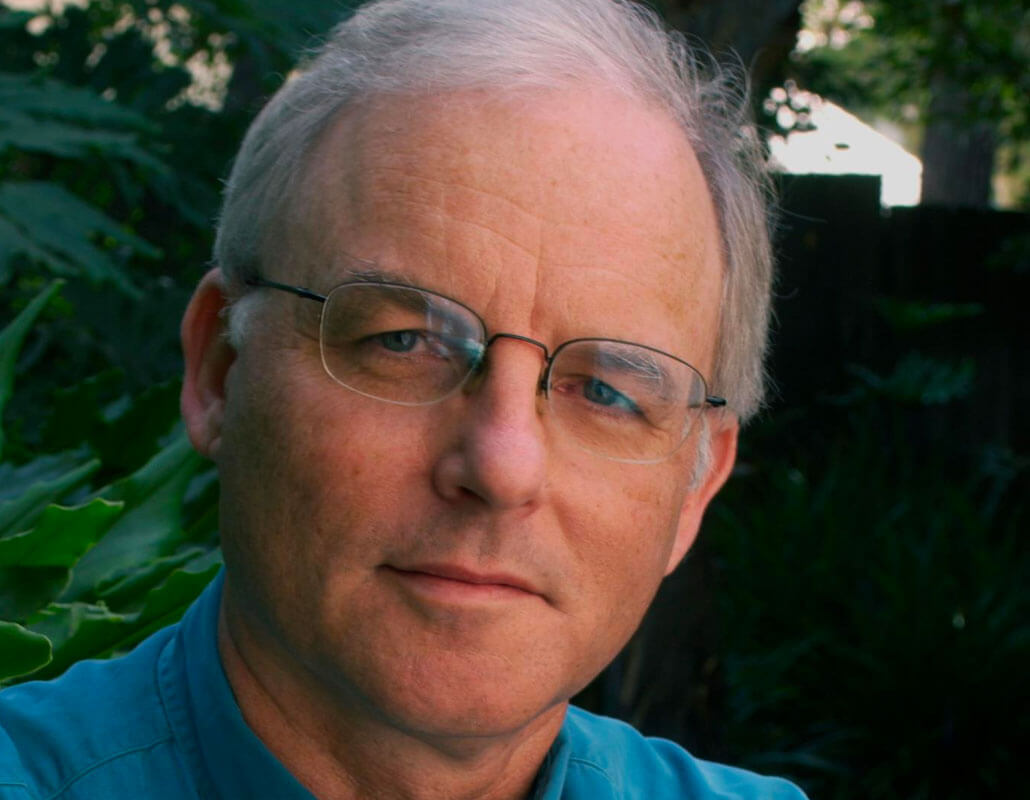
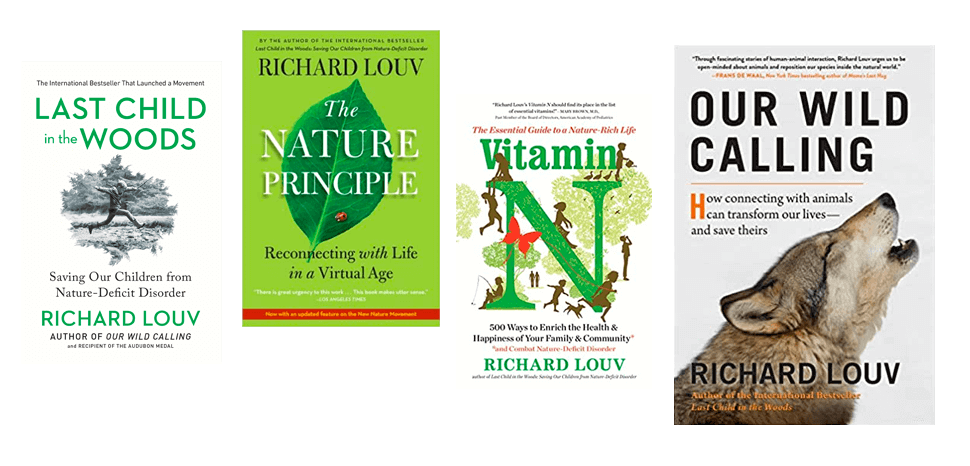
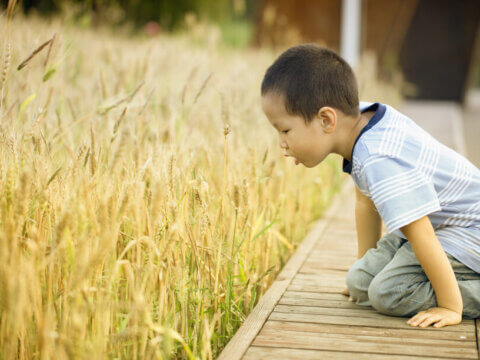
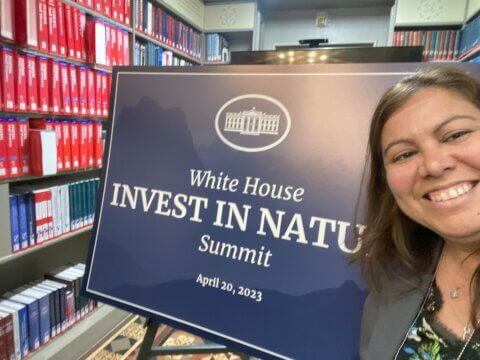
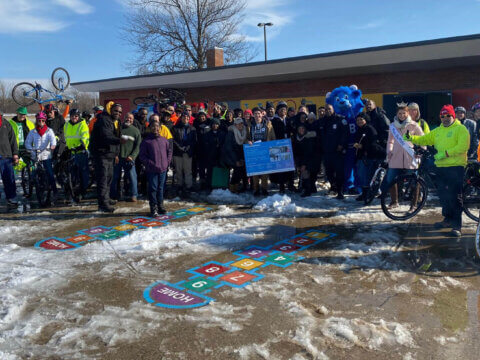
Commentaries on the C&NN website are offered to share diverse points-of-view from the global children and nature movement and to encourage new thinking and debate. The views and opinions expressed are those of the author(s) and do not necessarily reflect the position of C&NN. C&NN does not officially endorse every statement, report or product mentioned.